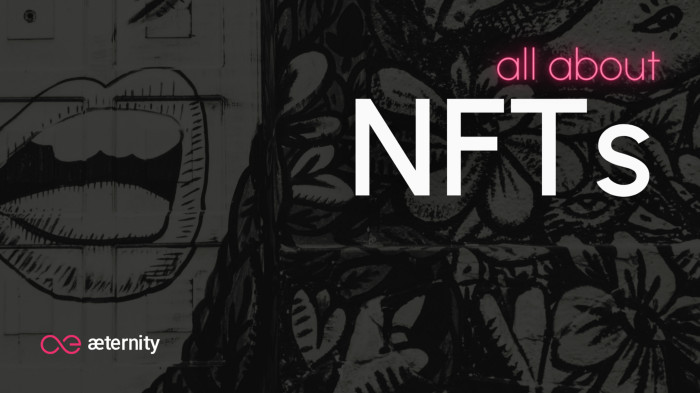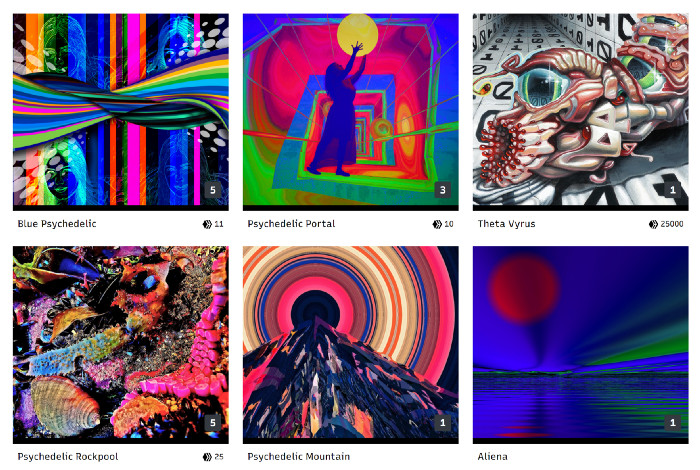æternity joins the effort to digitize everything
The first time I’ve heard of the term Non-fungible tokens (NFTs) I immediately associated it with fungi , or the lack thereof. I’m well aware that these are not tokens unable to grow fungi, yet, I guess I will forever correlate the term NFT with mushrooms, nonetheless. When you look at some of the artwork that has been turned into NTFs however, the correlation may not be as far-fetched.
Etymology aside, non-fungible simply means these are not serially minted tokens, instead they are unique. Thus, these tokens are not a means of payment, although they can be traded. I believe the term token, in this case, is misleading as it implies a denomination of a cryptocurrency in most of our minds.
Digital ownership
NFTs are a digital embodiment of something created or existing in the physical or virtual world, generated by minting a special (non-fungible) token for it and linking it to a blockchain network.
As a comparison that might make the difference between fungible and non-fungible easier to understand, we can think about the difference between a cinema ticket and a plane ticket. The cinema ticket can be used by anyone regardless of who bought it — they are all the same — fungible. A plane ticket, on the other hand, cannot be used by anyone except the person it was bought for, as it is connected to their name and documents, making it non-fungible.
Some NFTs are digital in their entirety, like digital paintings, digitally recorded music, videos, and so on. Additionally, NFTs are a very clever way of providing non-digital entities with their digital, blockchain-supported identity, which allows their owner to have a blockchain certificate of ownership over them, but also, more importantly, it allows the owner to easily and securely sell their NFTs to anyone around the World.
This poses the question, where are the limits? What can and can’t be an NFT? Can a pint of beer be sold as a token? Theoretically and practically — yes. However, does it make sense for a brewery or a pub to create tokens for each pint of beer they sell? Probably not. On the other hand, for a winemaker with a very limited supply of high-quality wines, it might make sense to create NFTs for each bottle of wine they manufacture. This way, the bottles are immediately put on auction, and expensive wine lovers all over the world can have the opportunity to bid on them even before they are made — thus by holding the non-fungible token they can prove that they bought exactly that precious wine bottle.
The same applies to real estate, holiday reservations, video games, collectibles like for example digital Pokemon character cards or digitally recorded NBA moments, and all kinds of other commodities and services. Yes, it seems this is the direction the world is going. Stuff is going to be pre-ordered and bid on. The limits of NFTs have not yet been explored. Certainly, there is going to be an almost unlimited quantity of pretty much useless NFTs created and forgotten, and especially in the beginning, a lot of overpriced artwork sold for exorbitant amounts of money just because of its novelty value. Nevertheless, the future of NFTs is undoubtedly bright, as through their existence, ownership and transfer of ownership over things is made that much simpler.
Read the full article on the æternity blog: NFTs — Why the future is non-fungible | by Danilo Polovina | æternity blog

